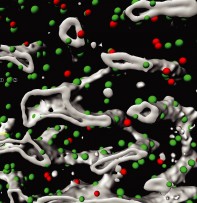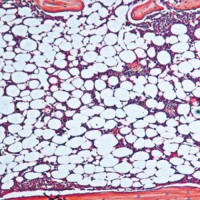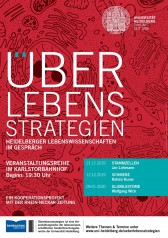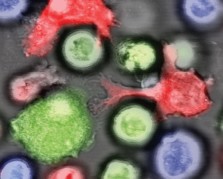
The lastest paper from the group of Simon Haas was published by Nature Cell Biology shortly before Christmas last year. This is the result of a great team effort together with colleagues at the DKFZ and HI-STEM.
The published methods are able to reveal the three-dimensional organization of the bone marrow at the single cell level. Using this approach the teams have identified previously unknown cell types that create specific local environments required for blood generation from stem cells. The study reveals an unexpected complexity of the bone marrow and its microdomains at an unprecedented resolution and provides a novel scientific basis to study blood diseases such as leukemias.
Read more:
- Original Paper: Baccin, C.*, Al-Sabah*, J., Velten, L.*@, Helbling, P. M., Grunschlager, F., Hernandez-Malmierca, P., Nombela-Arrieta, C., Steinmetz, L. M.@, Trumpp, A.@, & Haas, S.@ (2019). Combined single-cell and spatial transcriptomics reveal the molecular, cellular and spatial bone marrow niche organization. Nature Cell Biology. doi: 10.1038/s41556-019-0439-6 *: Shared first authors, @ Joint Supervising authors
- News and Views Article: Lucas, D., Salomonis, N., & Grimes, H. L. (2019). Unraveling bone marrow architecture. Nat Cell Biol. doi: 10.1038/s41556-019-0447-6
- DKFZ Press Release
- EMBL Press Release




